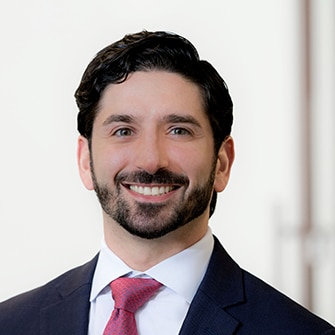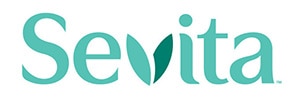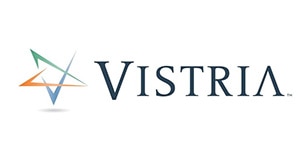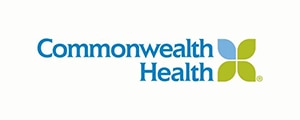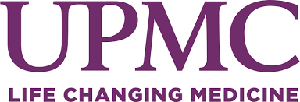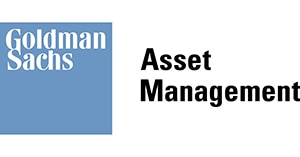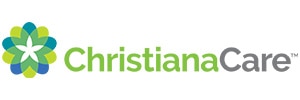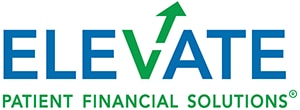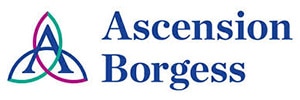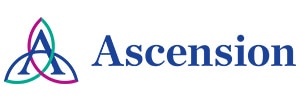Cain Brothers Newsletters: Industry Insights

“Industry Insights” is a bi-weekly email newsletter published by Cain Brothers, a division of KeyBanc Capital Markets. The newsletter features innovative and original perspectives about healthcare services, healthcare IT, and life sciences from our team of experienced investment bankers. Read the latest newsletter content below, and subscribe to start receiving the newsletter in your inbox.
No One-Size-Fits-All Skilled Nursing Solution for Health Systems
There is no one-size-fits-all skilled nursing solution for health systems – it is system and market specific. However, with the “silver wave” cresting, the role of skilled nursing in the healthcare ecosystem will only increase, making the case for more meaningful and larger scale strategies between skilled nursing providers and health systems.
The Trend of Divestitures
Since the onset of the COVID pandemic, there has been a growing trend of health systems divesting legacy skilled nursing and senior living facilities as they focus on core acute care operations and take advantage of increasing valuations paid by private owner-operators. Case in point: Cain Brothers recently advised on three M&A transactions where health systems of varying sizes elected to divest their only owned and operated skilled nursing and/or senior housing communities.
- Bristol Health sold Ingraham Manor, its standalone 128-bed skilled nursing facility in Bristol, Connecticut.
- Prime Healthcare sold four skilled nursing and senior housing facilities in the greater Chicagoland area that it had acquired in a larger transaction with Ascension earlier in the year.
- CHRISTUS Health sold St. Joseph Village, a 192-unit senior housing community in Coppell, Texas, to Forefront Living.
Additionally, Providence St. Joseph Health, UPMC, Ballad Health, AdventHealth, and Piedmont Healthcare are other notable health systems that have publicly announced divestitures of similar skilled facilities in recent years.
A Case Study in Skilled Nursing-Health System Partnership
The traditionally implemented collaborative relationships between skilled nursing providers and health systems (besides preferred provider networks) have typically been bed lease or bed reservation agreements, and not comprehensive joint venture arrangements often utilized for home health and hospice service lines. However, the situation in the Rochester, New York market required a more unique approach, and last year, Cain Brothers advised on a strategic partnership between St. John’s Home (SJH) and University of Rochester Medical Center (URMC).
By the summer of 2024, the Finger Lakes region had lost an estimated 1,000 staffed skilled nursing beds since 2020 and had fewer hospital beds per capita than any other part of New York State. URMC reportedly had between 100-110 patients waiting for nursing home placements between its two flagship hospitals in Rochester, and as a result, patients who had received care in its emergency department were often waiting in hallways and other crowded areas. At the same time, SJH, a 455-bed nonprofit skilled nursing facility located near both hospitals, was only operating 300 of its beds due to ongoing staffing and reimbursement challenges.
Ultimately, SJH issued a membership interest to URMC. In return, URMC provided additional financial and clinical resources to SJH, while collaborating to reopen offline beds, establish workforce development programs, and initiate specialty clinical programs, such as a chronic dialysis unit and pediatric skilled care, which were underserved in the local community. The partnership was categorized as a win-win for each organization.
This case study illustrates there are markets where avoidable hospital days are mounting, hospital average lengths of stay are increasing, and patients ready for discharge but with “difficult to place” characteristics are causing backlogs that ripple through the hospital’s continuum. While all health system executives understandably have competing priorities for both financial and management resources, the economic case in these markets makes a compelling thesis to consider more creative skilled nursing solutions that are not necessarily the status quo.
Previous Industry Insights
Archives
See our monthly industry insights below:

